
By Chris Frear
After a winter of hard work in their new hangar, Saturday April 28th marked a milestone for members of the Lightning Association when their English Electric Lightning F.6 XR724 was rolled outside for the first time since October. As well as showing off the jet’s partially completed repaint, the engineering team was able to run tests that will hopefully eventually lead to XR724’s engines being started for the first time in over 17 years.
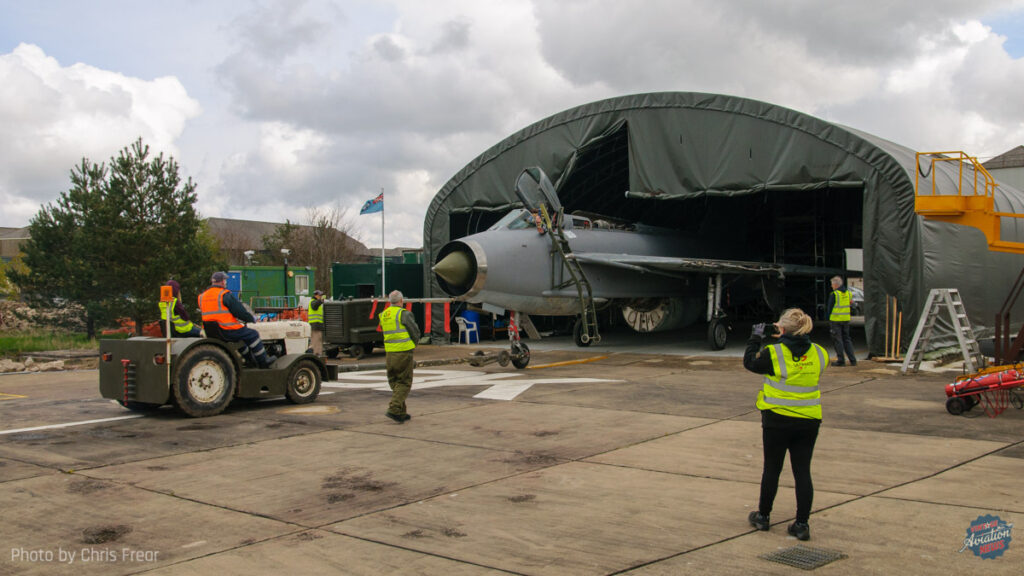
To the British aviation community, the English Electric Lightning is almost as iconic as the more widely known WWII-era Supermarine Spitfire. But by the late 1980s, the Lightning — a 1950s-era air defense fighter akin to the F-102 and F-106 — was technologically obsolete and finally slated for retirement. As a type it served at many RAF bases, but it’s RAF Binbrook in the sleepy rural county of Lincolnshire that is considered the type’s spiritual home, as it was here in 1988 that the type was finally retired.
In 1990 the RAF placed XR724 in climate-controlled storage at RAF Shawbury. In 1991 the Lighting Association was able to purchase her and begin making her flight-ready (including having to find two engines and a working ejection seat) as the UK’s Civil Aviation Authority had granted permission for one final flight, home to RAF Binbrook on July 23rd, 1992. Fast forward 31 years to this June and after more than three decades mostly outdoors, XR724 the last complete Lightning at RAF Binbrook, finally has a new home. As previously reported by Vintage Aviation News the Lightning Association has built a new aircraft shelter at the former airfield.
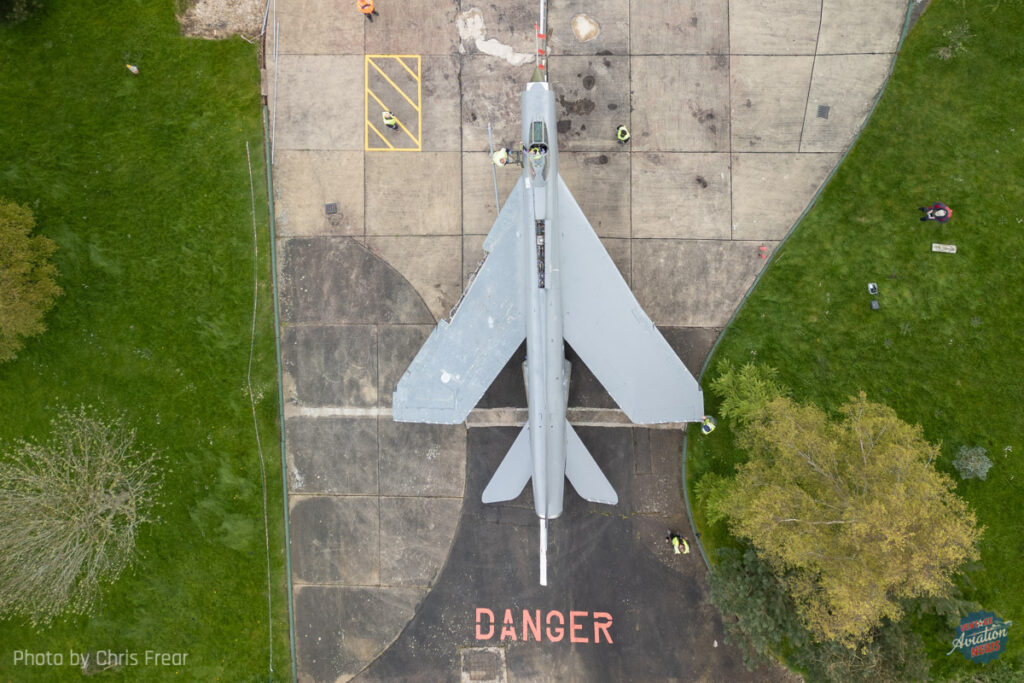
Chief Engineer John Watson told VAN, “We undertook priming starter runs on the Number 1 Avon engine and then a live and successful Start and ignition of the Plessey LTSA 140 Starter thus spinning the Rolls Royce Avon engine ready for ignition in the future.” So while it may have been a long wait, with a bit of luck the sound of a pair of Rolls-Royce Avon engines may once again reverberate around Binbrook and across the Lincolnshire landscape.
Related Articles
Born in Milan, Italy, Moreno moved to the U.S. in 1999 to pursue a career as a commercial pilot. His aviation passion began early, inspired by his uncle, an F-104 Starfighter Crew Chief, and his father, a military traffic controller. Childhood adventures included camping outside military bases and watching planes at Aeroporto Linate. In 1999, he relocated to Atlanta, Georgia, to obtain his commercial pilot license, a move that became permanent. With 24 years in the U.S., he now flies full-time for a Part 91 business aviation company in Atlanta. He is actively involved with the Commemorative Air Force, the D-Day Squadron, and other aviation organizations. He enjoys life with his supportive wife and three wonderful children.


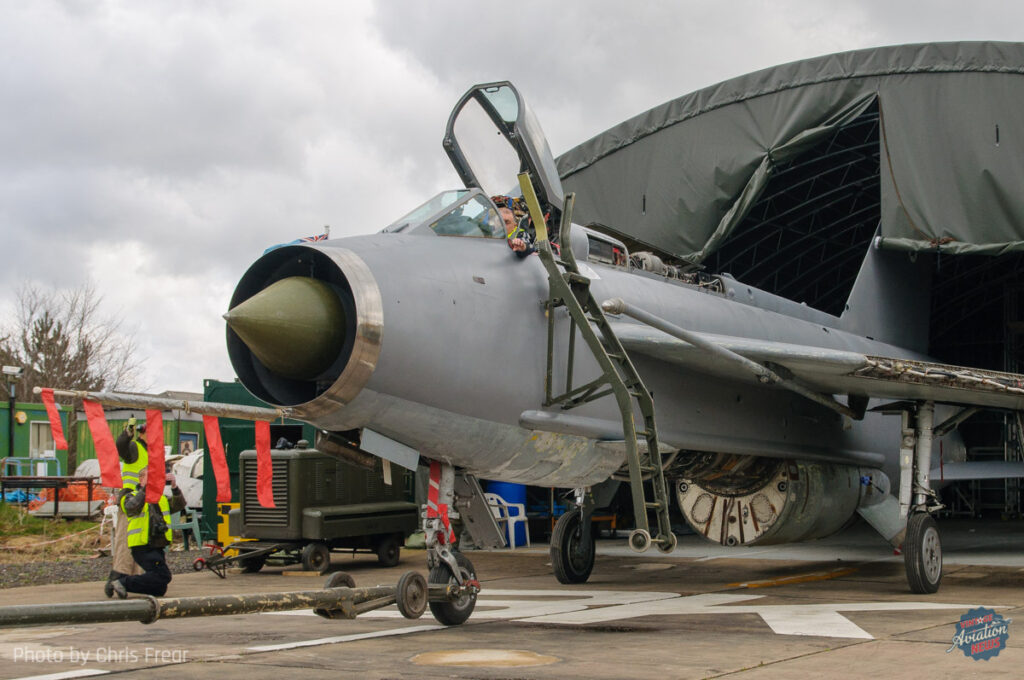
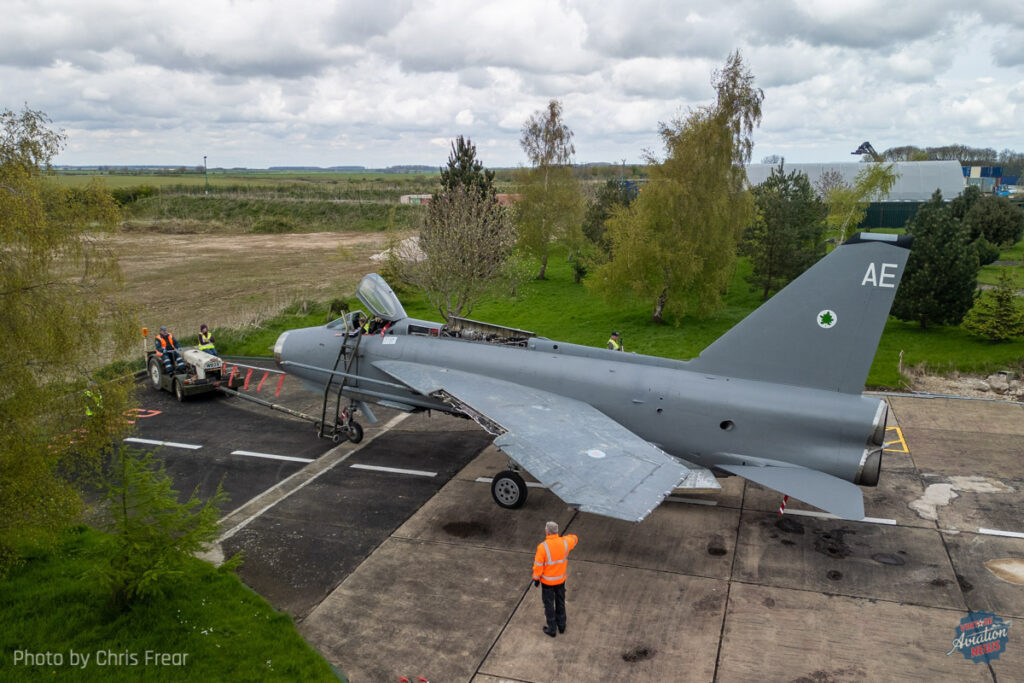
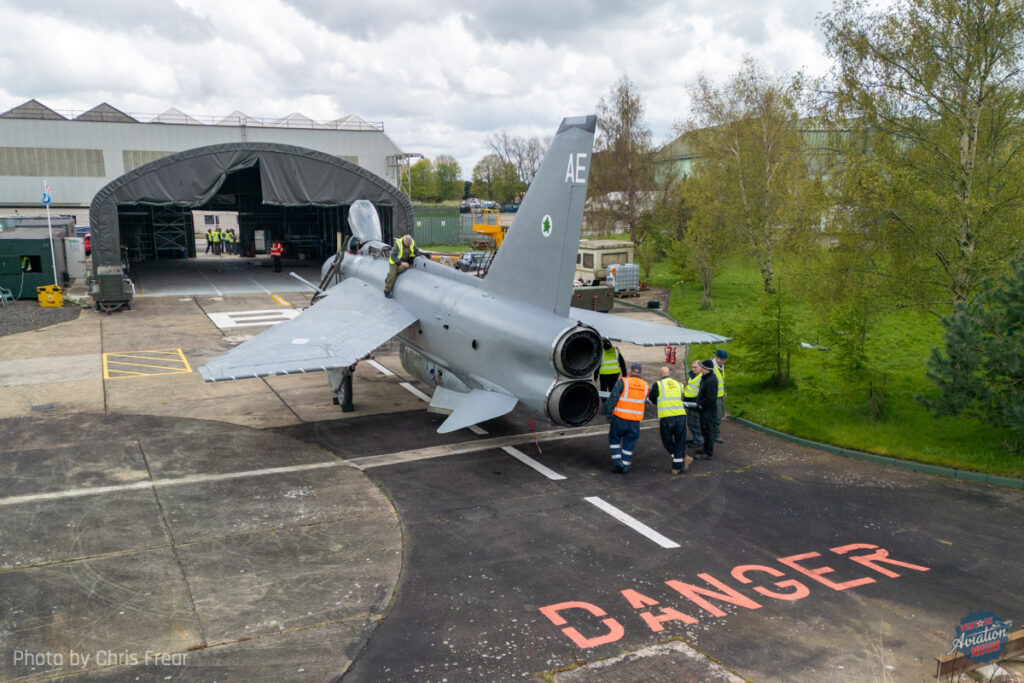
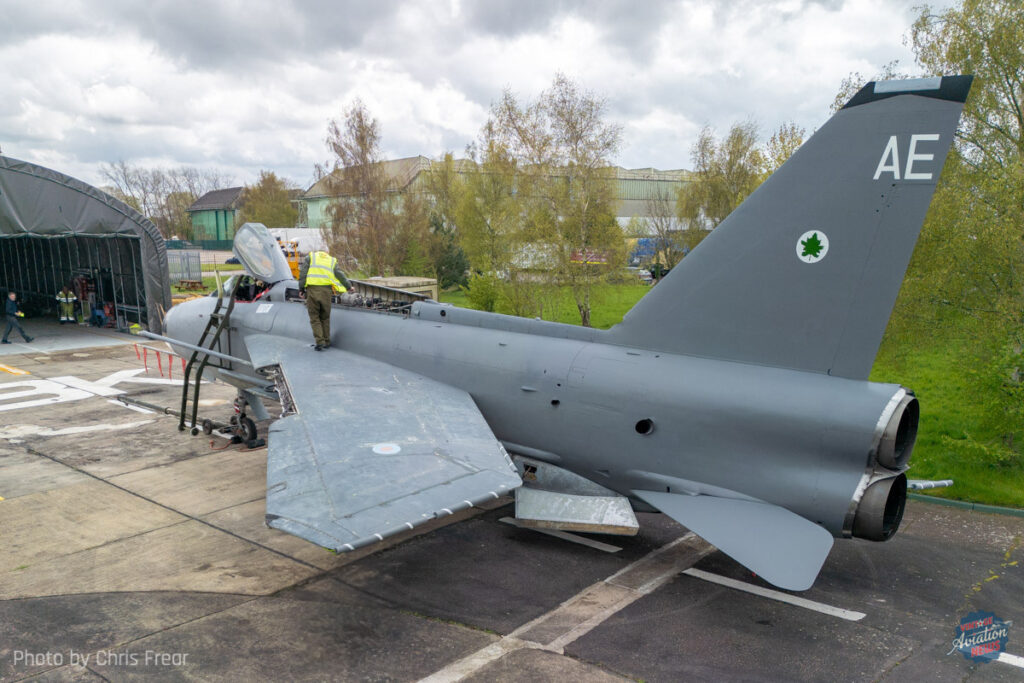
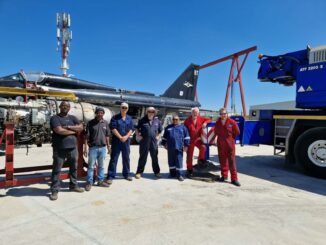
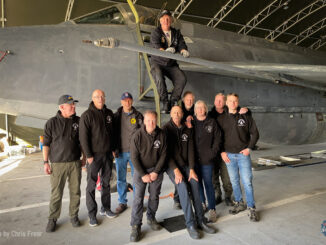
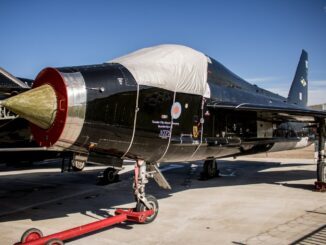
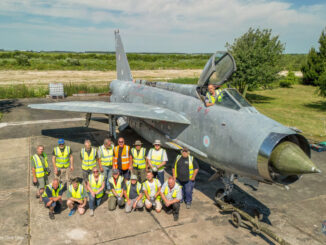
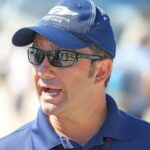
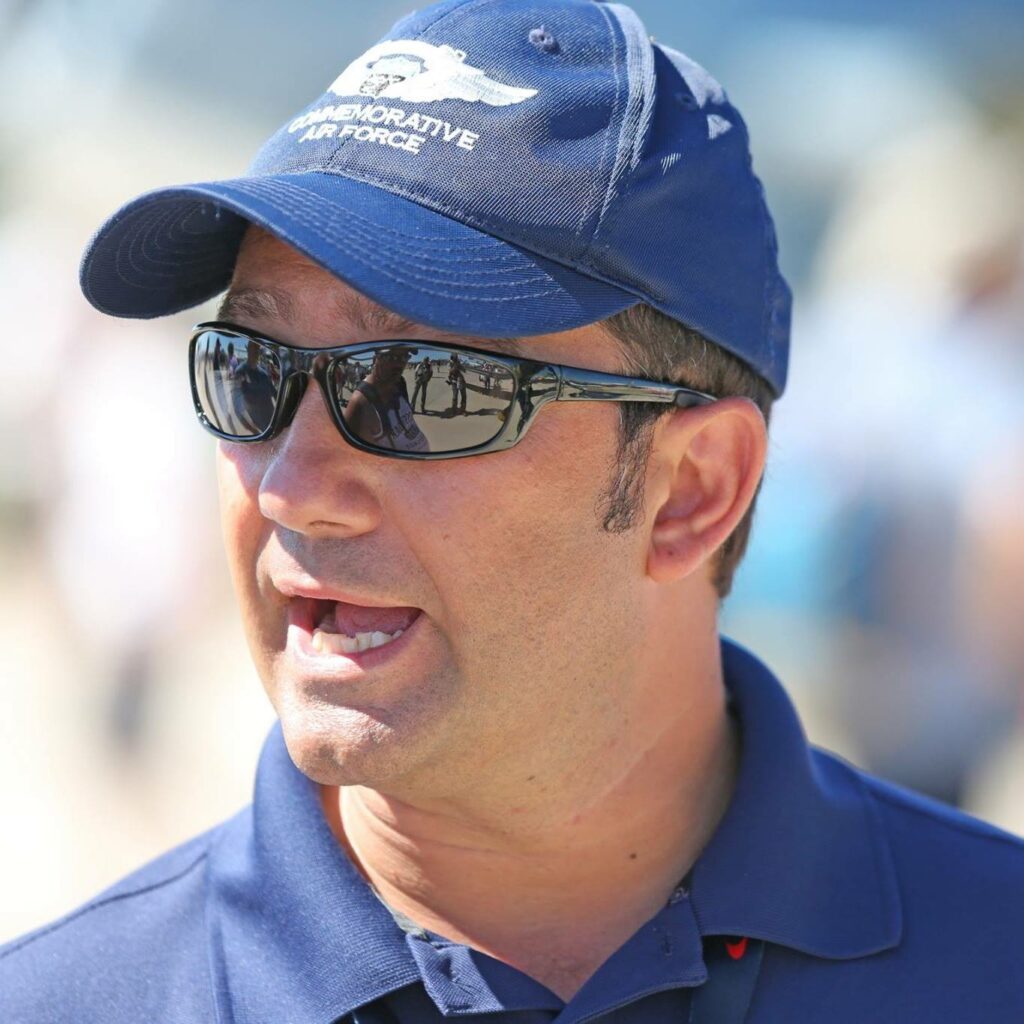

Outstanding work gentlemen. Truly. From an aviation tech with over 45 years I for one understand the amount of sheer determination and patience,and love darn it, that it takes to bring a complicated machine into flight status. Bravo men and ladies involved.
Really is nice to real British engineering kept alive to show what Britian stood for
Excellent work. I was on 5Sqdn in the 60s and know full well the amount of work you have put in. You and the guys and gels at Bruntingthorpe have done a marvellous job. I must have a ride over.
Terry Gelder.
Fantastic news, it is a fabulous looking, sounding iconic aircraft, I always loved seeing if flying at Woodford Airshow in Cheshire
Great job all those involved, the plane looks in great condition a credit to you all.
Great to see this old bird getting back engine running status,I was lucky enough to work on these aircraft during my time in the RAF at binbrook can still smell the avpin starter fuel!!!
Yes I remember changing a starter on the number 1 engine and when the Avpin fuel drained from the pipes my nylon socks created a spark and up it went! Fast exit past the raydome and headfirst down the steps. That was Akrotiri on 56 Sqn.
I’m absolutely delighted to hear that an example of this beautiful aircraft is going to be airborne in the not too distant future. I remember seeing these as a kid when I used to go to the Farnborough airshow in the early 70s. I can still hear the mighty roar of the engines in full reheat. Great work to all the people involved in the restoration of this amazing aircraft, well done
An important correction (that doesn’t diminish the effort by the team); the CAA did Not give permission for the flight. That was the big issue at the time and the Lightning Association was at the forefront of that campaign. In partnership with Barry Pover’s Lightning Flying Club XR724 had been recovered for flight undergoing obligatory and costly engine runs every month at RAF Shawbury. The CAA were refusing a permit to fly but with the Russians ‘counting serviceable aircraft’ as part of the SALT agreement the aircraft HAD to be moved or scrapped. I was Chairman of the Lightning Association at the time and we appealed to BAe for help. They inspected our workmanship and to our delight offered to fly the aircraft to Binbrook under COMA rules thus avoiding CAA involvement. The full story is on PlanesTV’s programme, A Warrior Returns